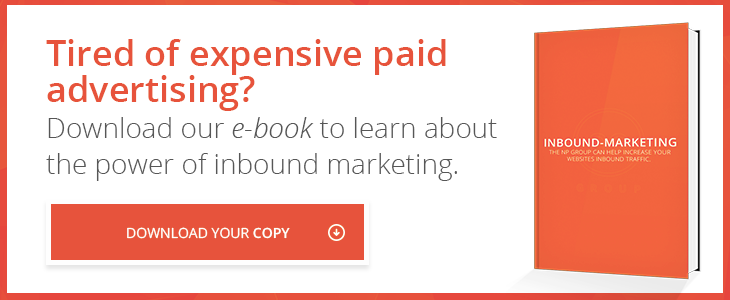%20When%20Creating%20An%20Ideal%20Customer%20Profile.jpg)
The more web traffic you have, the better the odds are that you’ll convert more customers, right? Well, that depends on the traffic. If you’re attracting an audience that couldn’t care less about your brand, then you’re going to have very low conversion rates. In order to understand who your target audience is and how you can actually target them effectively, you need to create a buyer persona for your brand.
A buyer persona is a semi-fictional character made up of all the traits that your customers (current or ideal) have in common. You can use this buyer persona to determine what kind of content to write and how to style your website, thereby helping you to more effectively target your brand’s audience.
You’re going to need to comb through the data available to you about your customers in order to help craft a buyer persona. Now, let’s go over the questions that you need to answer when going through that information:
What Demographics Do They Fall Into?
Traits like the common age, gender, marital status, educational background, income, and location are where you should start in determining who your ideal customers are and how to establish your interaction with them. For example, if you’re in estate management, then you shouldn’t be trying to appeal to a teen demographic since this most likely is not who your clients are. Instead, you should choose a professional way of writing content, paired with a more streamlined design that doesn’t utilize too many trendy features. Figuring out your customer demographics isn’t too difficult—you should ask questions that can answer those questions in your website’s opt-in forms.
What Does Their Day Look Like?
Whether they stay at home to take care of the kids, go golfing on the weekends, or work 60 hours a week, these kinds of details help round out how your product or service can be of use to them. While outlining what your customers do every day may seem inconsequential, it will help make your buyer persona more human. The more you can relate to your buyer persona, then the more relatable your content will end up being.
What Is Their Occupation?
This is a question primarily B2B businesses really need to focus on. If your company produces accounting software, then targeting store cashiers aren’t the audience you want to go after. Instead, you’ll want to target people that are involved with accounting, whether it’s an entry-level software support technician or a senior level accountant. It helps to factor in the size and industry of the companies you’re looking to target, and the position in the company you’d be working with.
If you are B2C, the occupation matters in the sense of income level. If your business builds luxury walk-in closets, your customer base is going to be mostly higher income individuals that can afford them. It may also be somewhat relevant when considering the answers to some of the other points.
What Are Their Goals?
Believe it or not, the reason you THINK customers are using your products or services may not actually be their motivation. If you manufacture basketball sneakers, you may have a customer base that is buying them because they’re comfortable in a day-to-day setting, or because they like the style. Pay attention to what your customers say about your products/services, or consider doing a survey to get your customers’ thoughts on what you offer.
What Are Their Challenges?
One of the main goals of inbound marketing is to provide solutions to the problems that visitors to your website have. For example, say you run a company that installs exterior siding. A younger buyer persona’s pain points might include the fear of choosing an exterior siding that isn’t strong or durable enough to last a long time. That buyer persona may also be worried about affordability. However, an older buyer persona may be more concerned with how the exterior siding that they choose will affect their home’s curb appeal. Knowing these things will factor into how you present the information to them.
How Do They Seek Out Information?
Knowing where and how your customers do their research is more important than you might think. This is because it gives you a better idea of where you can reach them. For example, some customers may look up product comparisons on Google while others may look through reviews on Yelp. This also helps give you an idea of what kind of content will be more effective and where to focus your energy for marketing.
How Do They Make Purchases?
Knowing where they make their purchases is useful because, as we mentioned before, it helps you know where to focus your energy. By going through your sales information, you can see if a certain demographic makes most of their purchases by phone, on your website, at a location, etc. The sales figures should also give you insight into how the sales process typically goes, which can help you determine the method and frequency of how you should follow up with them.
Keep in mind that you may have more than one buyer persona. For example, the majority of your customer base may be split between middle-aged stay-at-home moms and retired men in their early seventies. If something like this is the case with your brand, then you’ll want to create two buyer personas (and sometimes more depending on your customer data).
Once you have your ideal customer profiles carved out, you should give each one a name and use a stock photo to identify it as an actual person. Your buyer personas will help make it easier to target higher-quality leads, thereby making your web design and inbound marketing strategies much more effective.



